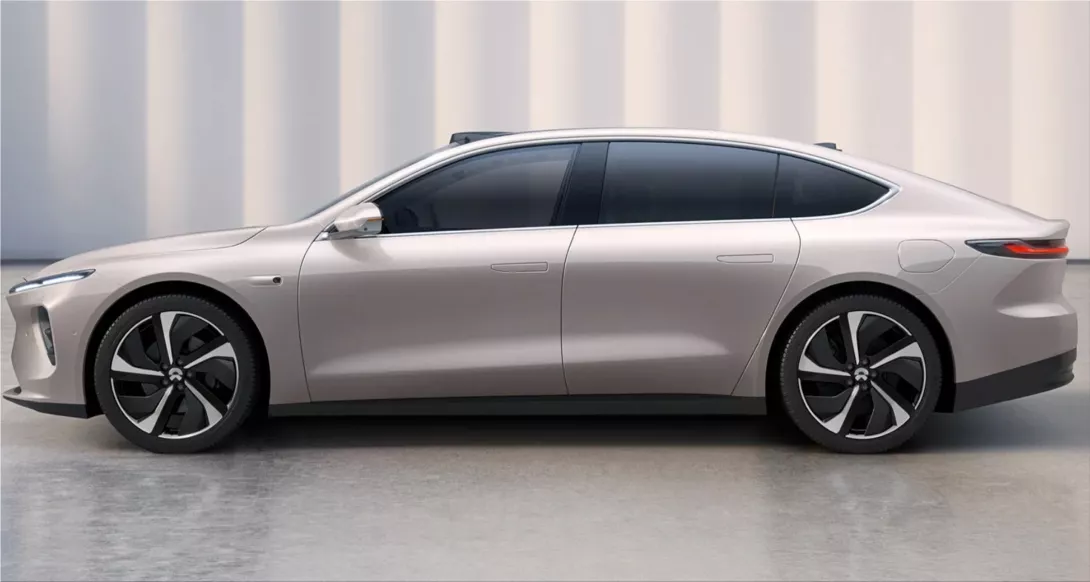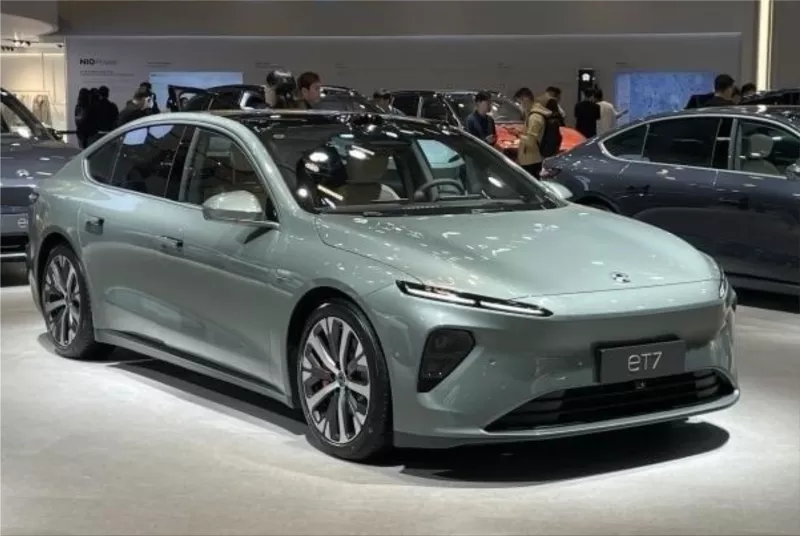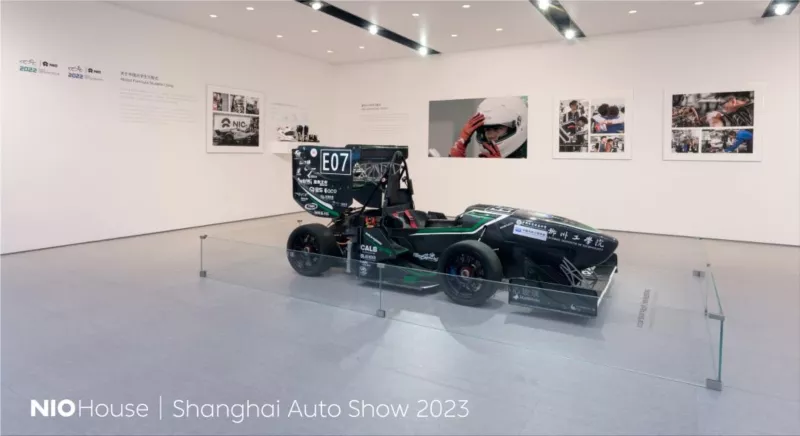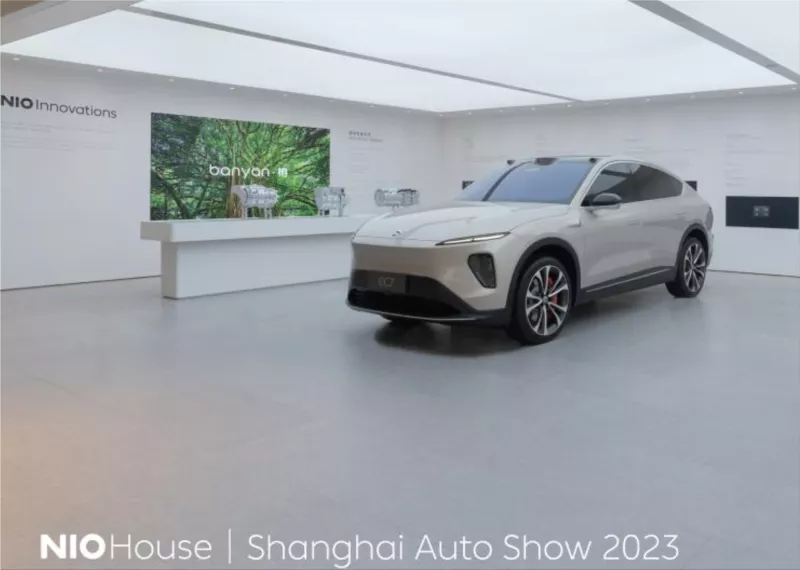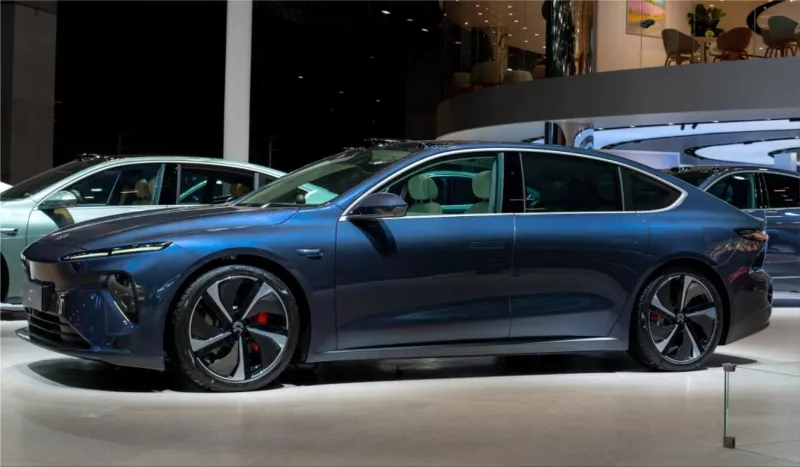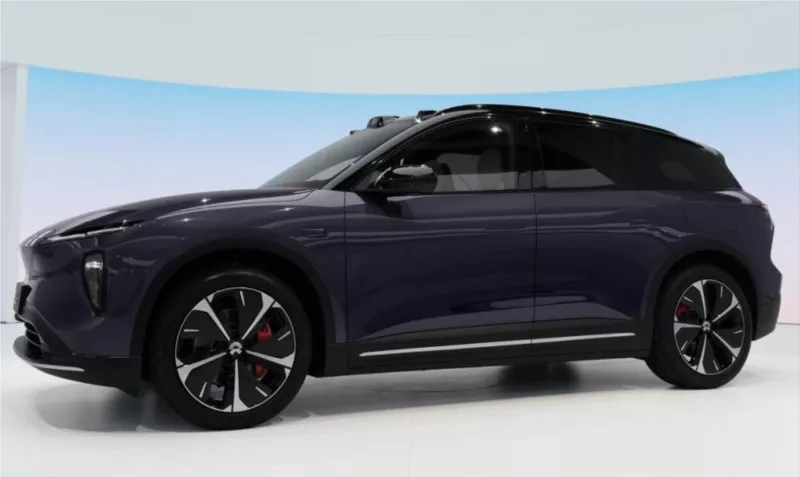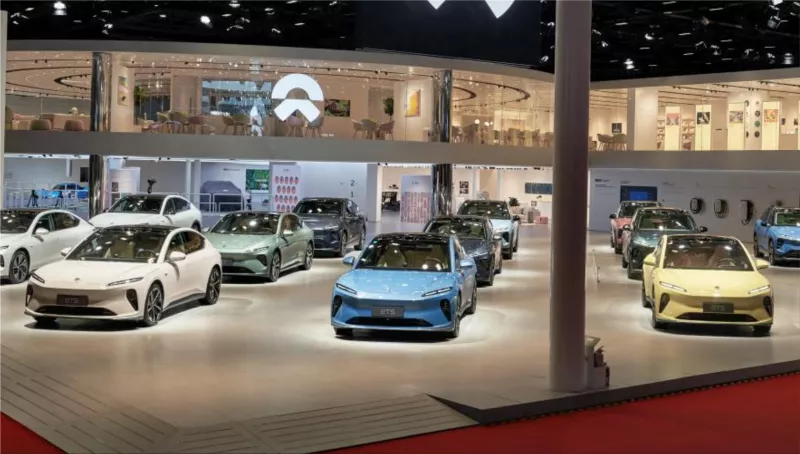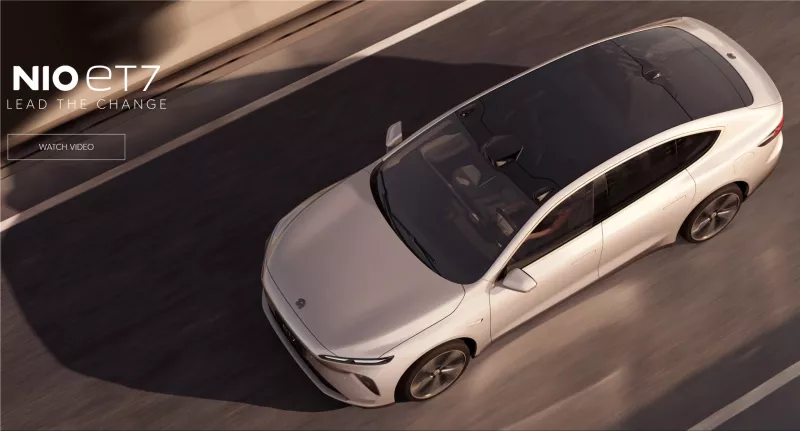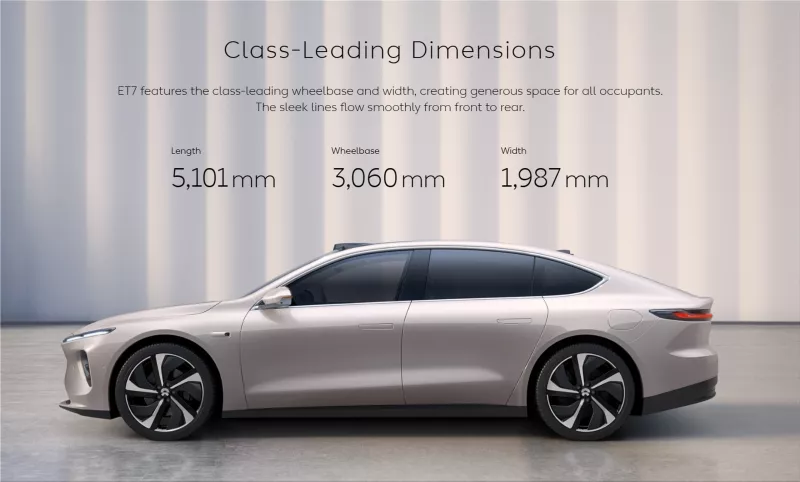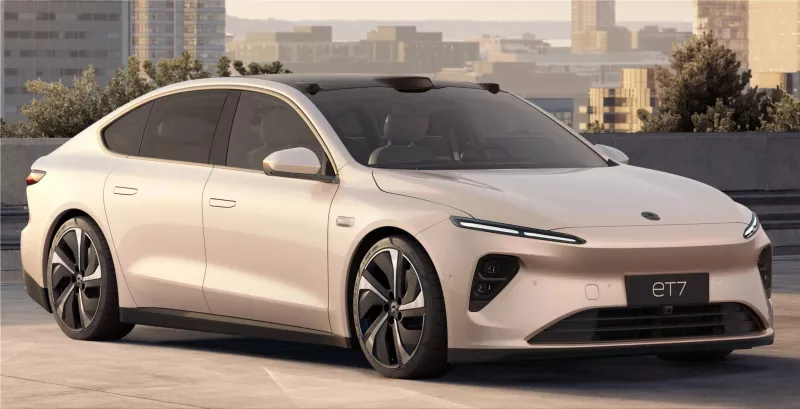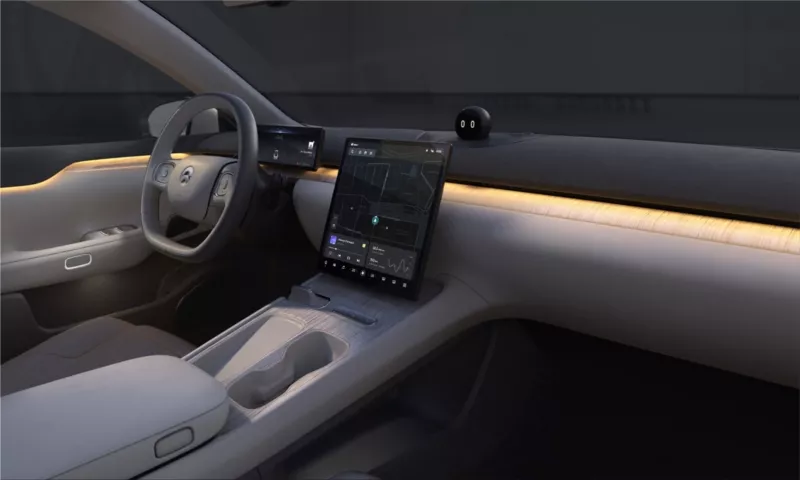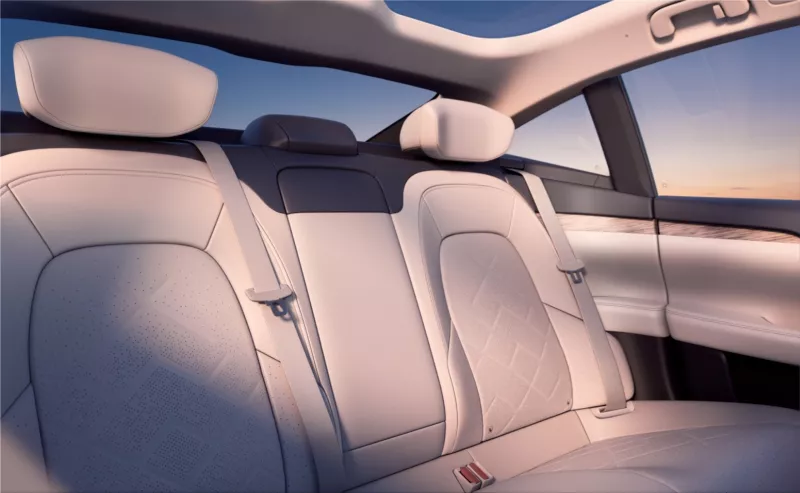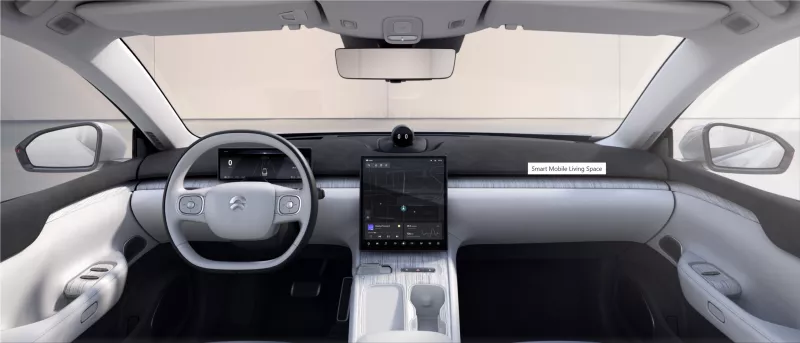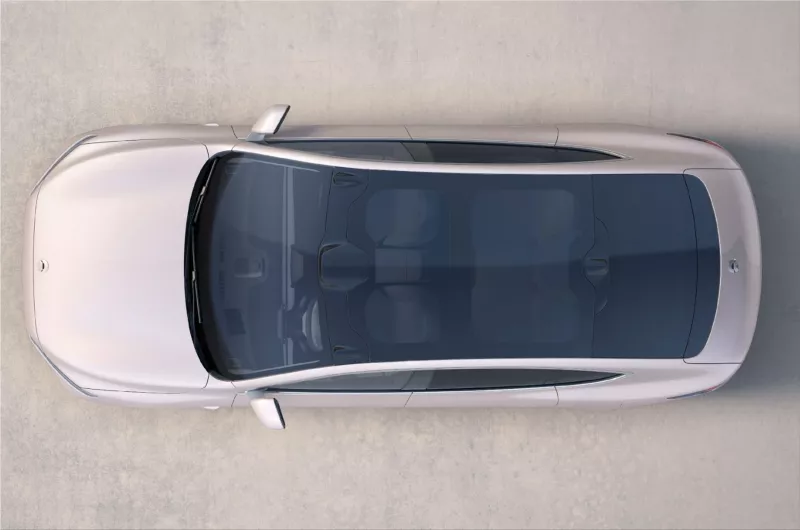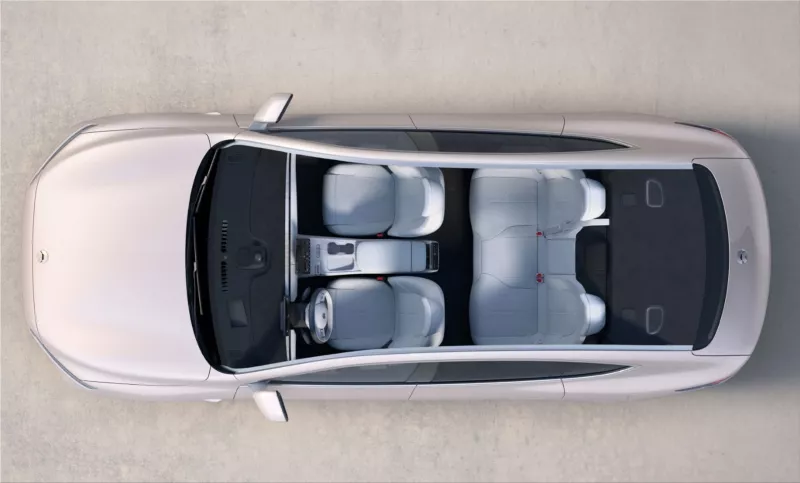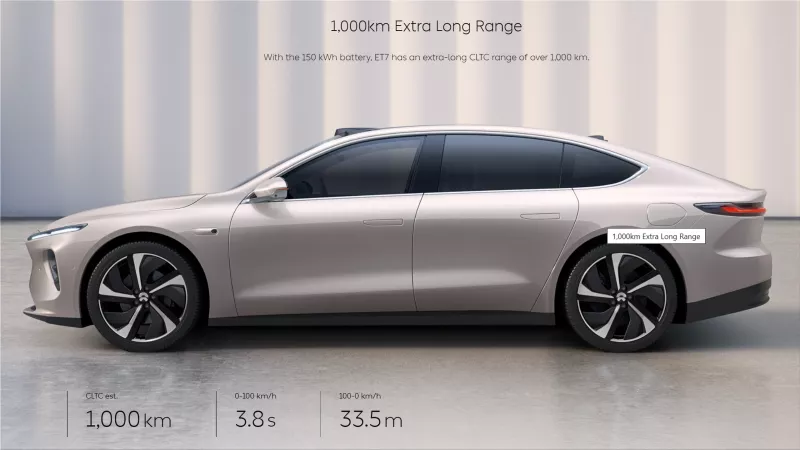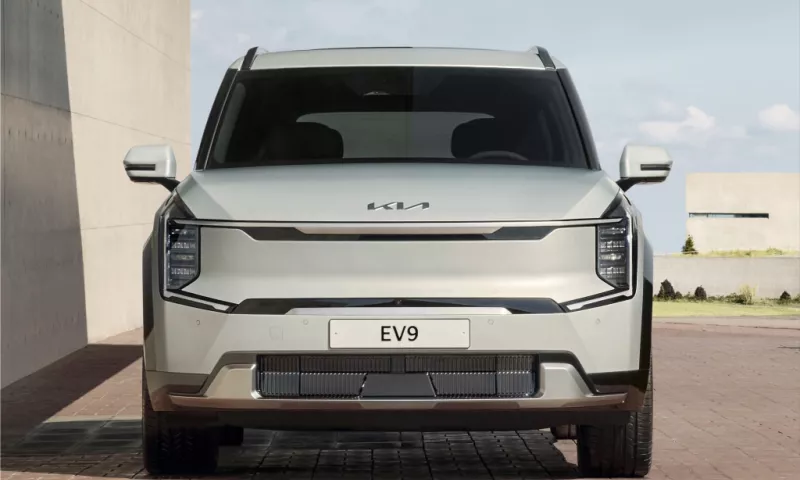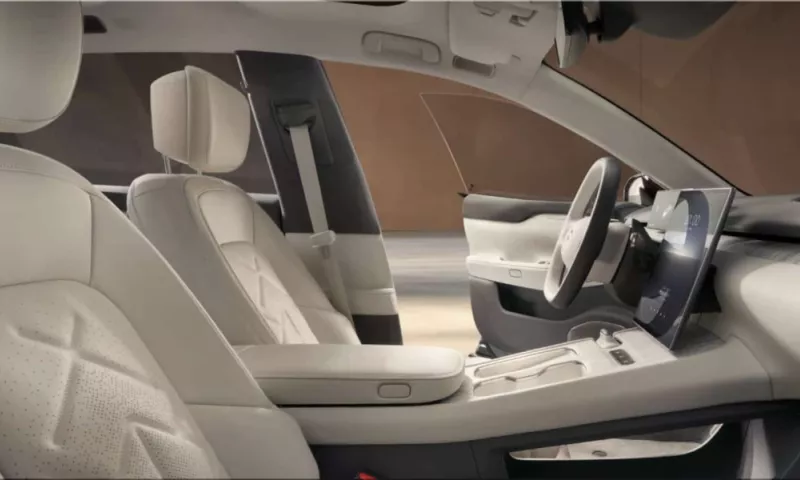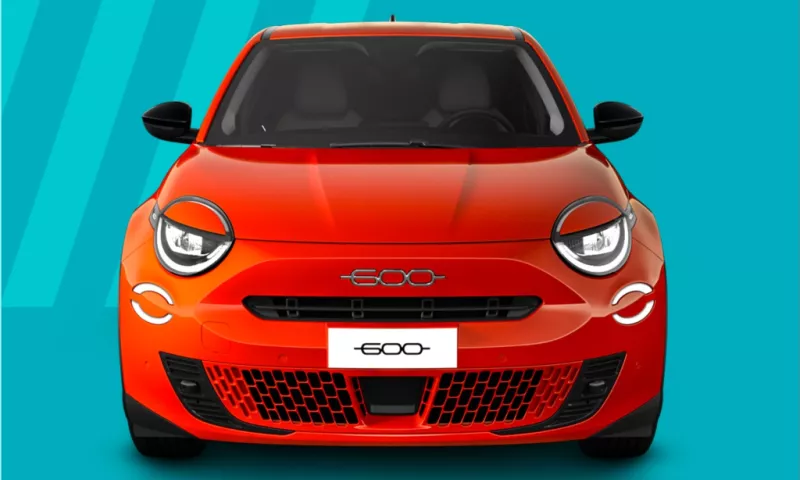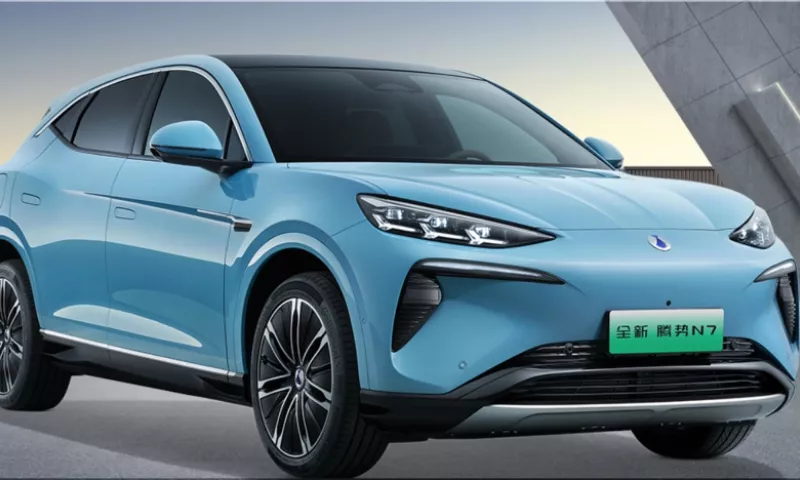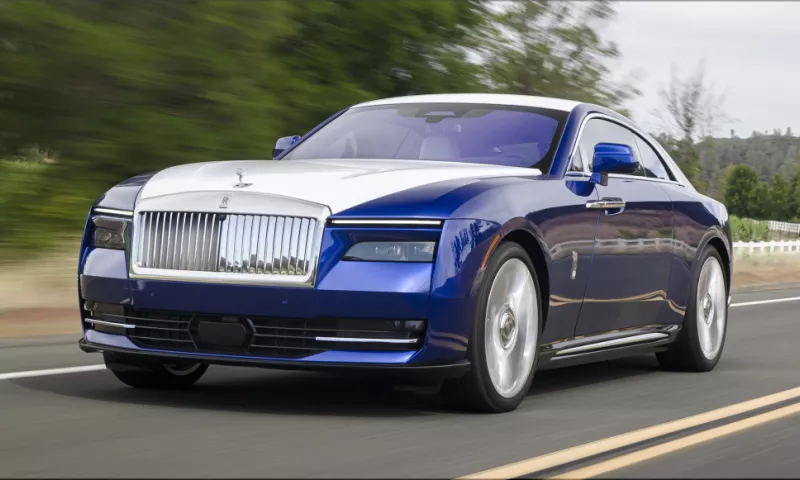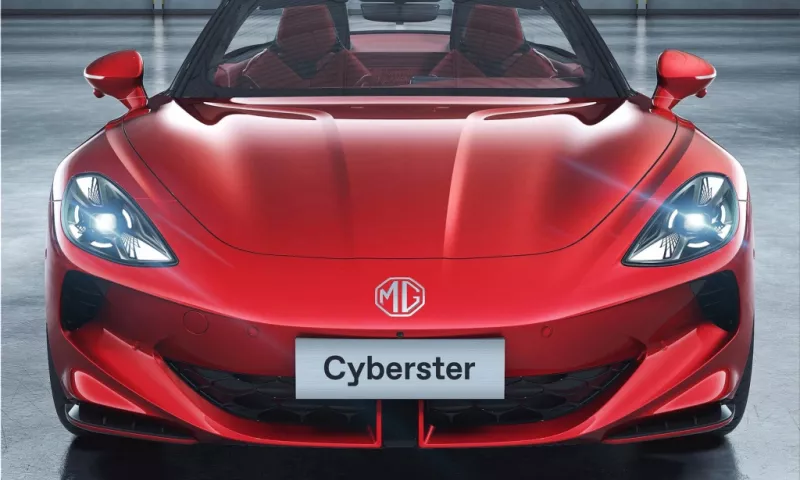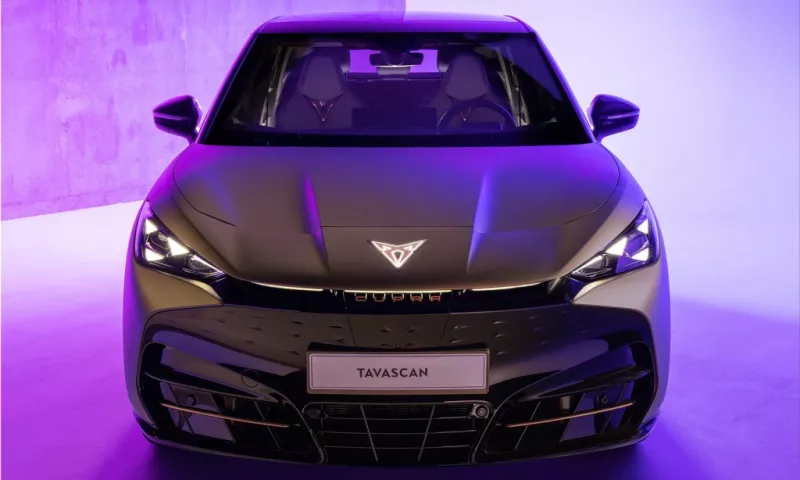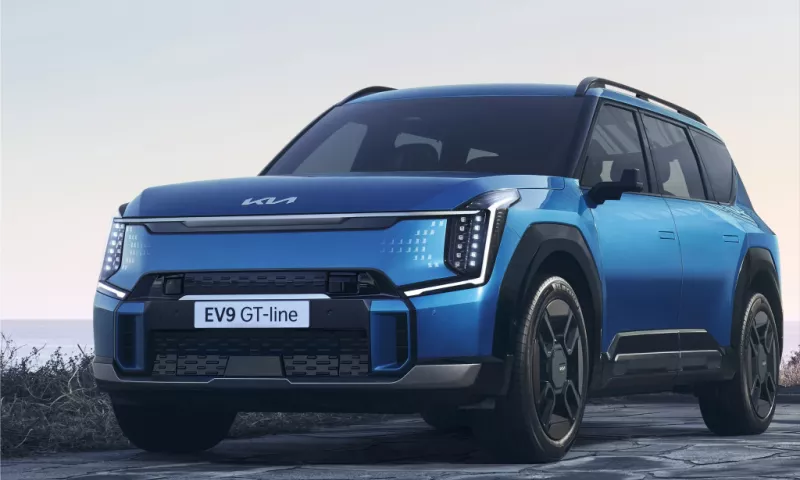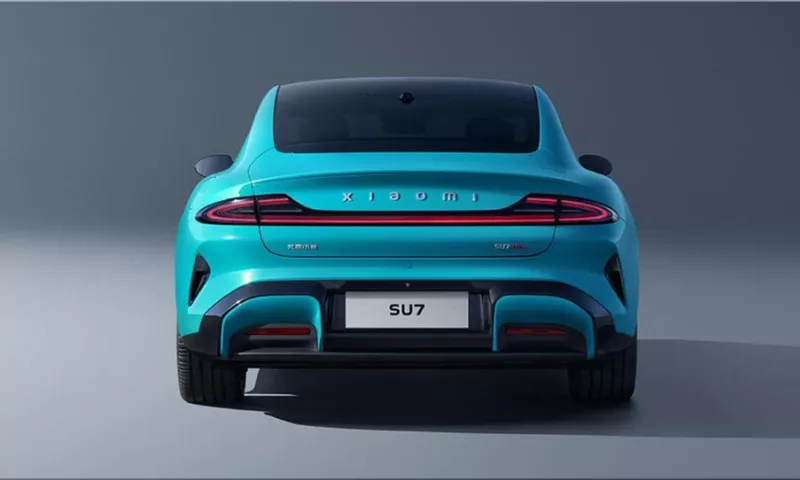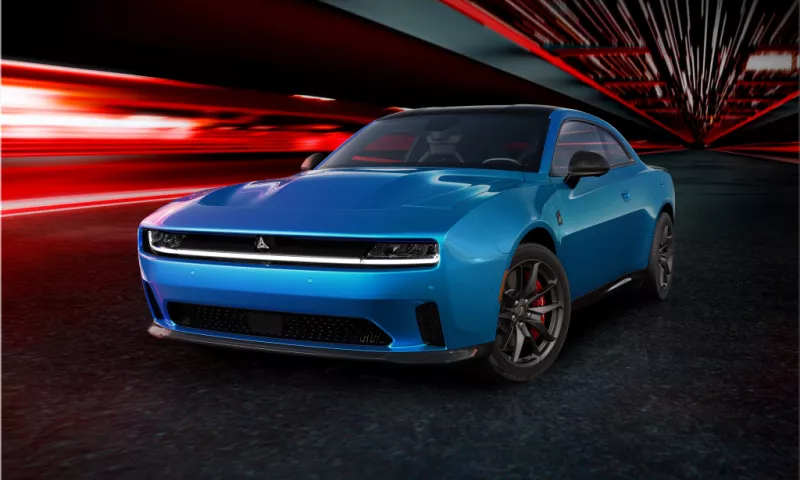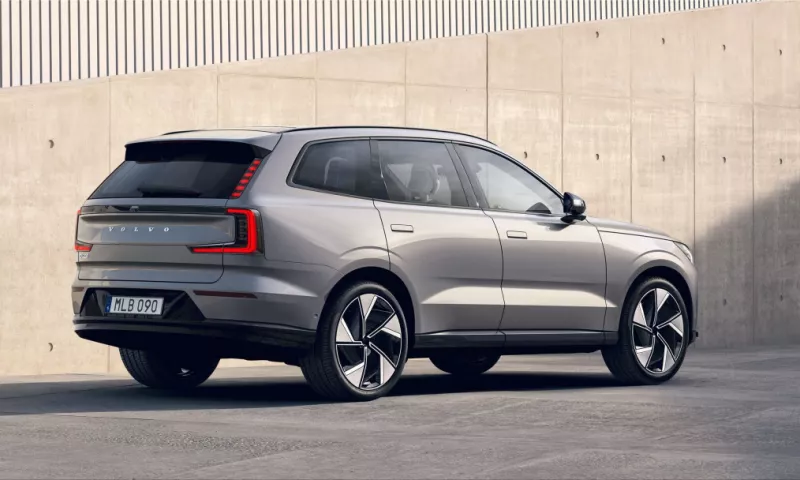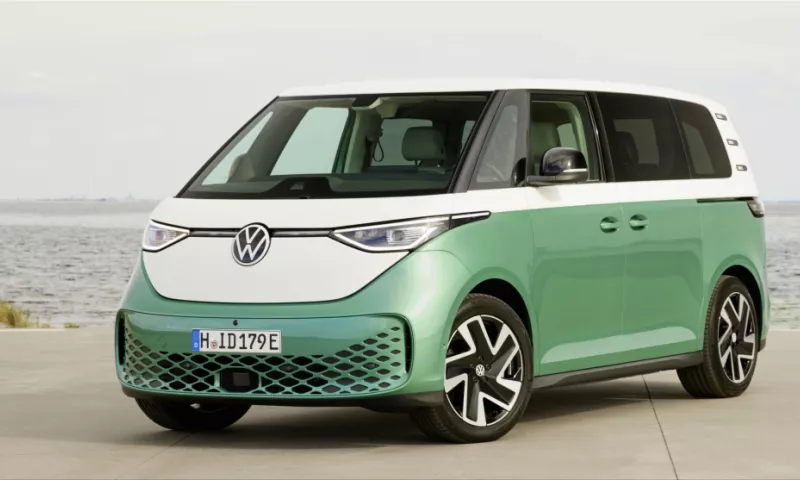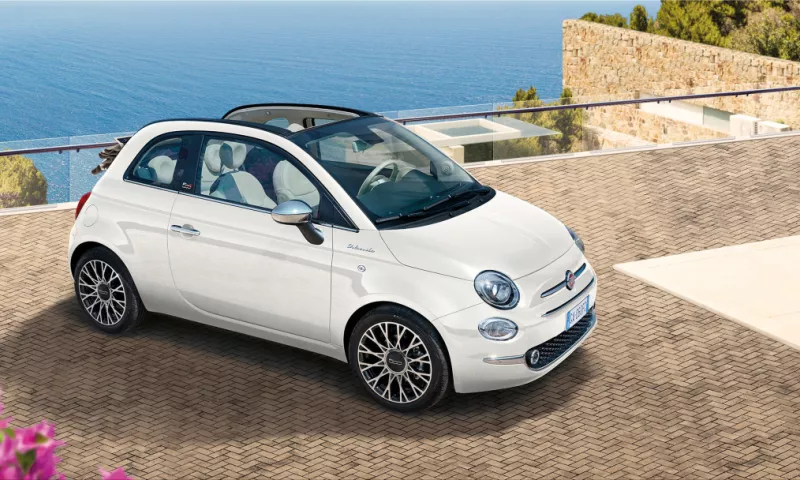Nio, a Chinese electric vehicle maker, unveiled its latest flagship sedan, the Nio ET7, at the Shanghai Auto Show in April 2023. The car, expected to launch in China in early 2024 and in the US later that year, boasts impressive features such as a 620-mile range, a 480-kilowatt battery pack, and a suite of advanced driver-assistance systems.
The Nio ET7 is designed to compete with Tesla's Model S, which has dominated the luxury EV segment for years. But Nio has some advantages over Tesla, such as its innovative battery-swap service, loyal customer base, and strong Chinese government support.
What makes the Nio ET7 stand out?
The Nio ET7 is not just another sleek sedan with a futuristic design. It also has some unique selling points that could make it a serious contender in the global EV market. Here are some of them:
- Range: The Nio ET7 claims to have a range of up to 620 miles on a single charge, which is more than any other EV currently available. This is thanks to its massive 480-kilowatt battery pack, which is also removable and swappable at Nio's network of stations across China. Nio says it will offer three battery options for the ET7: 70 kWh, 100 kWh, and 150 kWh.
- Performance: The Nio ET7 has a powerful electric motor that can deliver 644 horsepower and 627 pound-feet of torque. It can accelerate from 0 to 60 mph in 3.9 seconds and reach a top speed of 124 mph. It also has an air suspension system that can adjust the ride height and damping according to the road conditions and driving modes.
- Technology: The Nio ET7 is equipped with a host of advanced technologies that aim to enhance the safety, comfort, and convenience of the driver and passengers. It has a 12.8-inch AMOLED touchscreen that runs on Nio's operating system, which supports voice and gesture control. It also has a digital instrument cluster, a head-up display, and a wireless charging pad. The car also features Nio's signature artificial intelligence assistant, NOMI, which can interact with the occupants and provide personalized services.
But the most impressive technology in the Nio ET7 is its autonomous driving system, called NAD (Nio Autonomous Driving). The system uses 33 sensors, including lidar, radar, cameras, and ultrasonic sensors, to perceive the surrounding environment and make decisions. Nio says it will offer NAD as a monthly subscription service for $105, including software updates and cloud computing.
